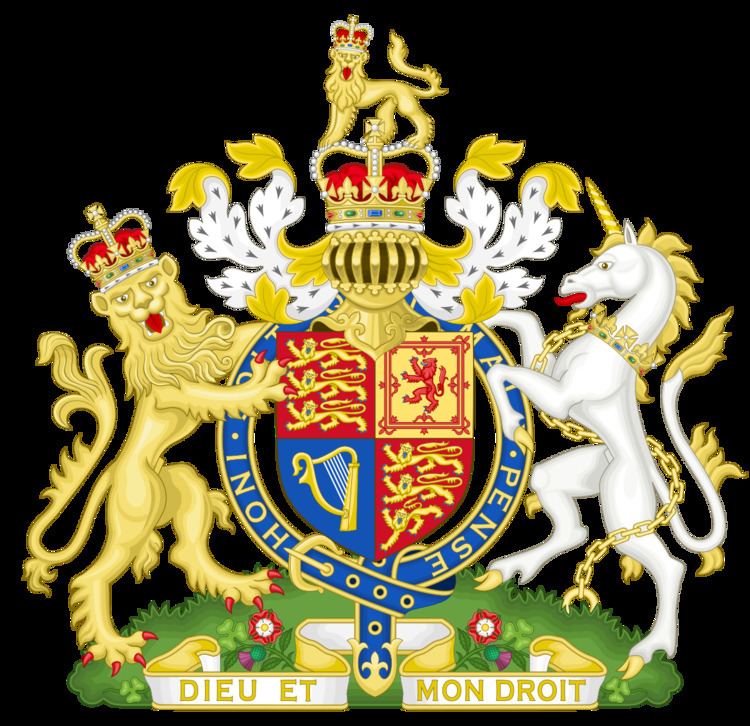Formation 1215 | ||
 | ||
The King's/Queen's Bargemaster is a subordinate officer of the Royal Household of the Sovereign of the United Kingdom. Until the mid-19th century, the Royal Family frequently used the River Thames for transport, but the role is now largely ceremonial. The tradition of the Bargemaster dates back to 1215, with the signing of Magna Carta at Runnymede.
The Bargemaster is responsible for the Royal Watermen, chosen from the ranks of the Thames Watermen who operate tugs and launches on the river. There are 24 Royal Watermen, each of whom receives an annual salary of £3.50.
The ceremonial duties include state occasions involving the Thames, and onshore duties, acting as footmen on royal carriages during State visits, royal weddings and jubilees. At the coronation, the Royal Watermen walk in the procession behind The Queen’s Bargemaster. At the State Opening of Parliament, The Queen’s Bargemaster and four Royal Watermen travel as boxmen on coaches, guarding the regalia when it is conveyed from Buckingham Palace to Westminster and back.
The privately owned charter vessel MV Spirit of Chartwell was transformed into a royal barge for the Queen's use during her Diamond Jubilee. On 3 June 2012, the barge carried the Queen, the Duke of Edinburgh and other members of the Royal Family, in the Thames Diamond Jubilee Pageant.
